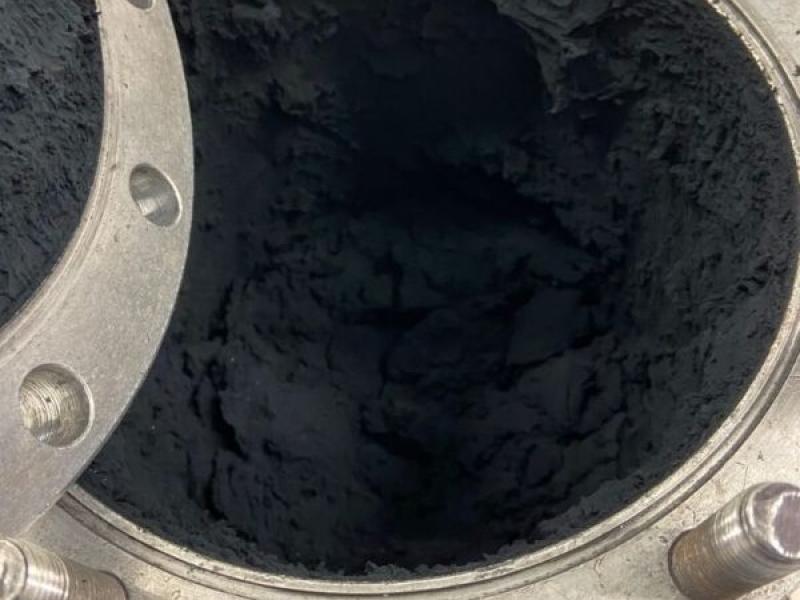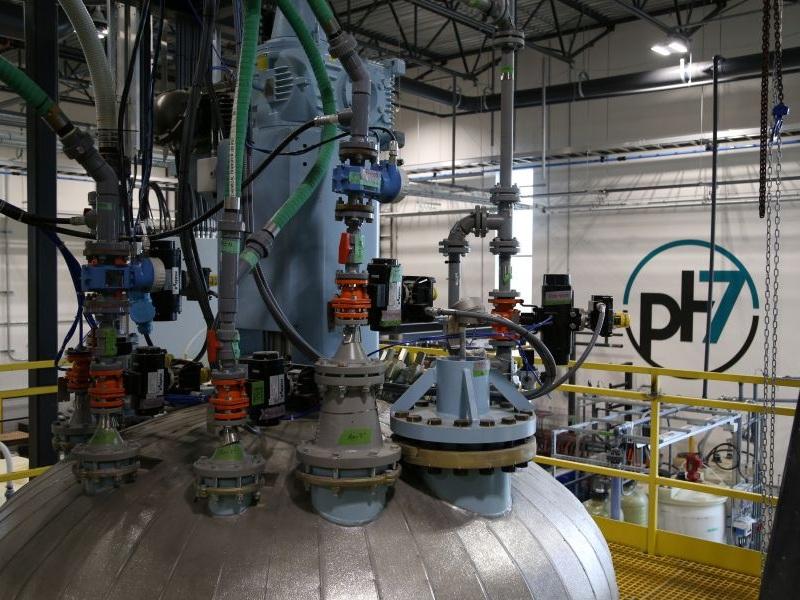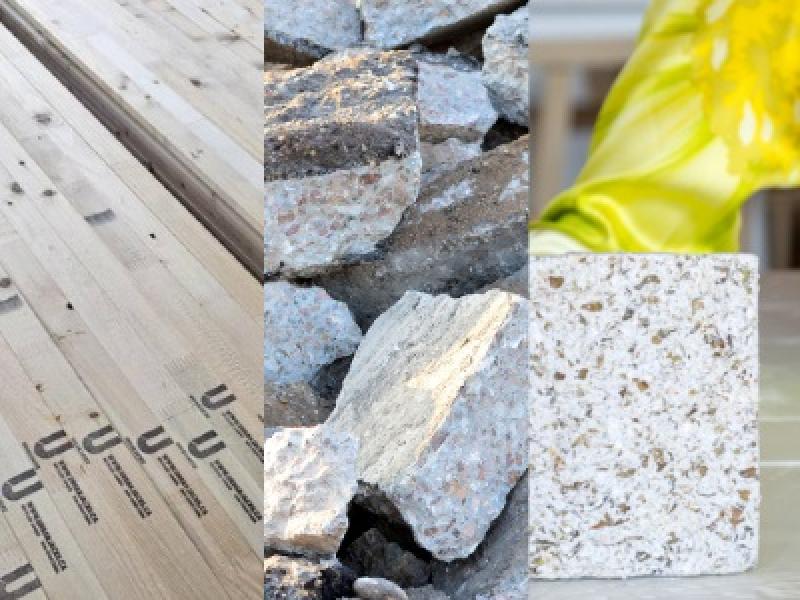
HydroGraph Clean Power Inc. (HG-CN) is preparing to move its headquarters from Vancouver to Austin, Tex., as the graphene producer sees greener pastures for commercialization and production in the U.S.
The company signed a lease for a new 20,000-square-foot facility in early August. It is intended to serve as HydroGraph’s hub for graphene production and commercialization in the U.S. Scheduled to be operational by February 2026, HydroGraph plans to employ 30 people at the site by 2027.
Facing high interest for its graphene powder from the U.S. military, the company was stuck in limbo where it was unable to fully seek government grant funding “because neither Canada or the U.S. really likes to see finances to go to a foreign country,” president and CEO Kjirstin Breure told Sustainable Biz Canada in an interview.
Weighing its options, “it is best for companies like us to really choose a jurisdiction,” she said.
Using a technology called the Hyperion detonation process, HydroGraph produces graphene, a carbon-based material 200 times stronger than steel and 1,000 times more conductive than copper. Its remarkable properties have led to some proclaiming it a “wonder material,” and sparked interest in its use for sustainability applications.
HydroGraph, for instance, tested adding a tiny amount of graphene powder to plastics in order to strengthen bottles, reduce their weight and improve recyclability. Other applications the industry is testing are supplementing concrete to reduce carbon emissions and enhancing the performance of batteries and solar panels.
HydroGraph’s Austin HQ, production site
The Austin headquarters will consist of office space and a control room where the company can remotely oversee production sites with cameras. Additionally, HydroGraph plans to assemble its Hyperion reactors and conduct materials science research at its new head office.
“Novel detonations, novel experiments, novel uses of our graphene will also take place here,” Breure said.
The headquarters will soon be joined by a graphene production site in Texas expected to be located in “oil and gas territory” and operational in Q2 or Q3 2026. HydroGraph has negotiated access to an acetylene pipeline, which will supply a critical ingredient for producing graphene.
HydroGraph will name a location for the graphene production site and its gas supplier in the coming months.
Currently, HydroGraph produces approximately 10 tonnes of graphene per year at its 13,000-square-foot pilot facility in Manhattan, Kan., where the company has been making the powder for the past two years. At full capacity, the Texas production facility could produce hundreds of tonnes, Breure said.
For redundancy, the Kansas facility will remain operational until the middle of 2026.
As it targets a Nasdaq listing by February 2026 and discusses whether it will also move to the TSX or entirely to Nasdaq, HydroGraph will begin redomiciling to Texas. The company will likely have no office in Canada following the transition, Breure said.
'Huge amount of benefit' for HydroGraph
In addition to improved access to government funding by moving to the U.S., Austin stood out for other reasons.
The city is teeming with engineering and tech talent, Breure explained. HydroGraph would be closer to potential partners in the aerospace, defence, energy storage and advanced materials industries. Most of its team was historically based in the U.S. as well.
Plus, it is moving operations and manufacturing to the U.S. at a time of protectionism and tariffs. HydroGraph, Breure said, will have all-U.S. manufacturing and play a role in the onshoring of critical mineral development.
“We find that there is a huge amount of benefit to HydroGraph,” she said.
The U.S. will be HydroGraph’s primary market, though Breure noted it has received a similar amount of interest from Canadian and American companies to date.
HydroGraph sells its graphene powder directly to businesses, with the defence industry taking note for potentially producing versatile, strong nylon fibres using the material. Such an application, Breure said, is quick to bring to market and a high-margin product.
The consumer plastics industry remains highly interested in what HydroGraph offers, she said, and remains the company’s largest business segment.
Uses in the cement and battery industries have been explored, as well as the medical and water treatment sectors.
HydroGraph aims to make 2026 the year it reaches commercialization, Breure said, when company anticipates its first large-scale sales.










